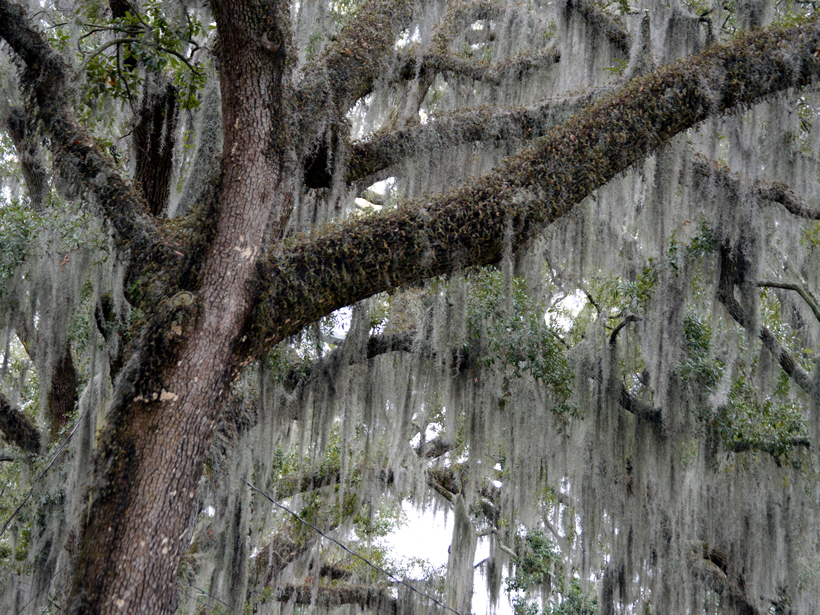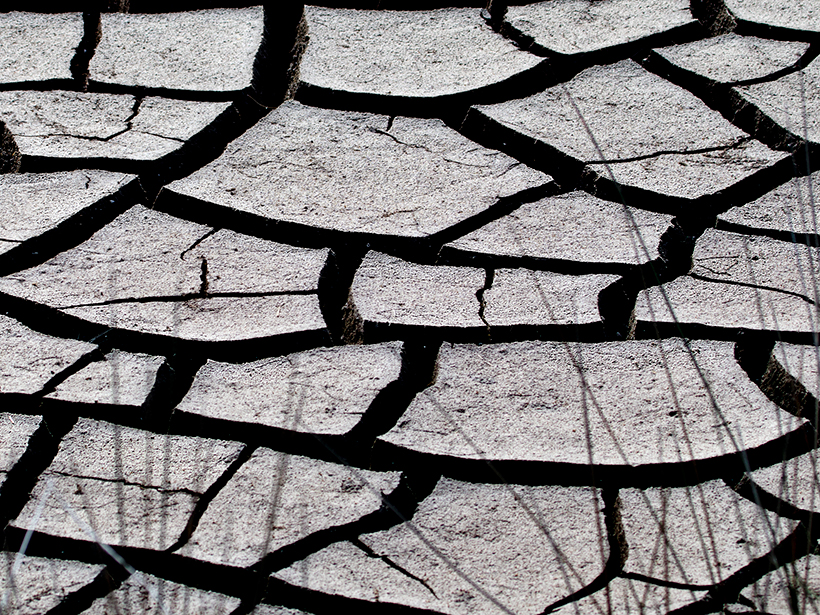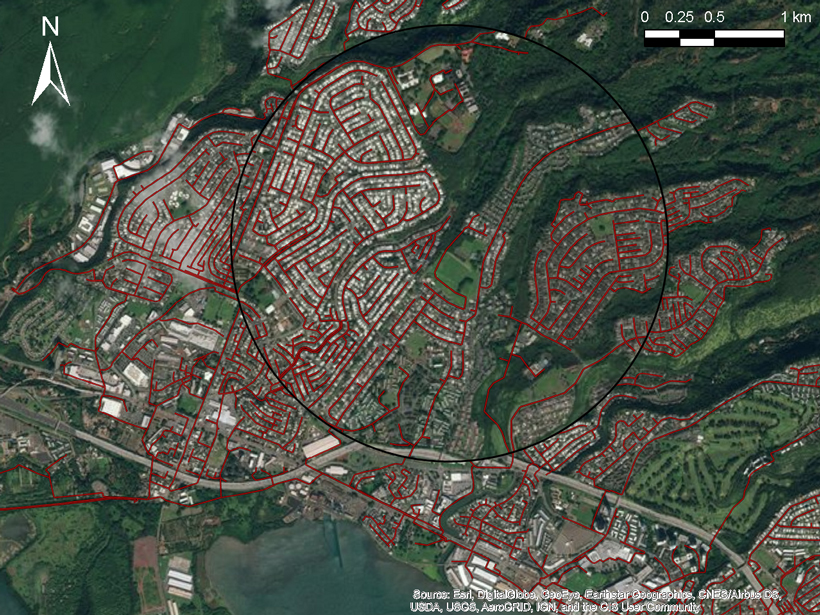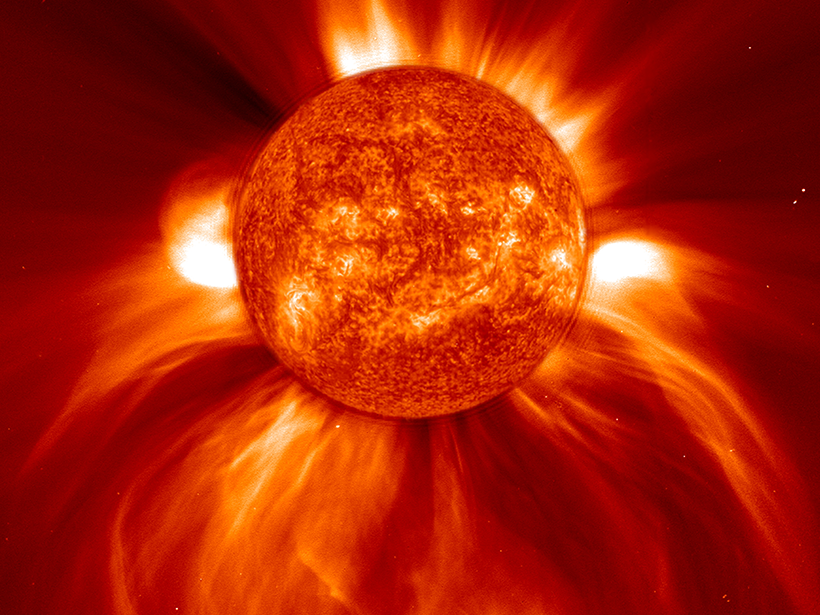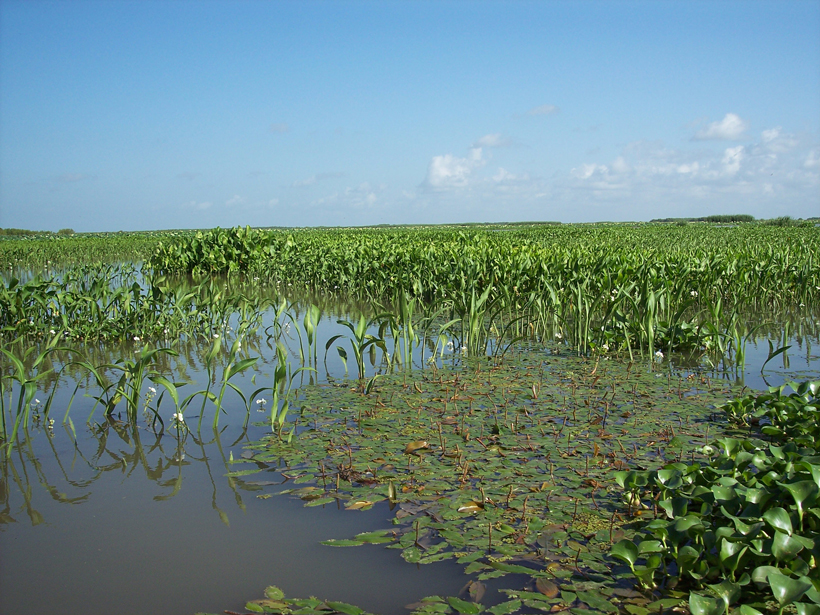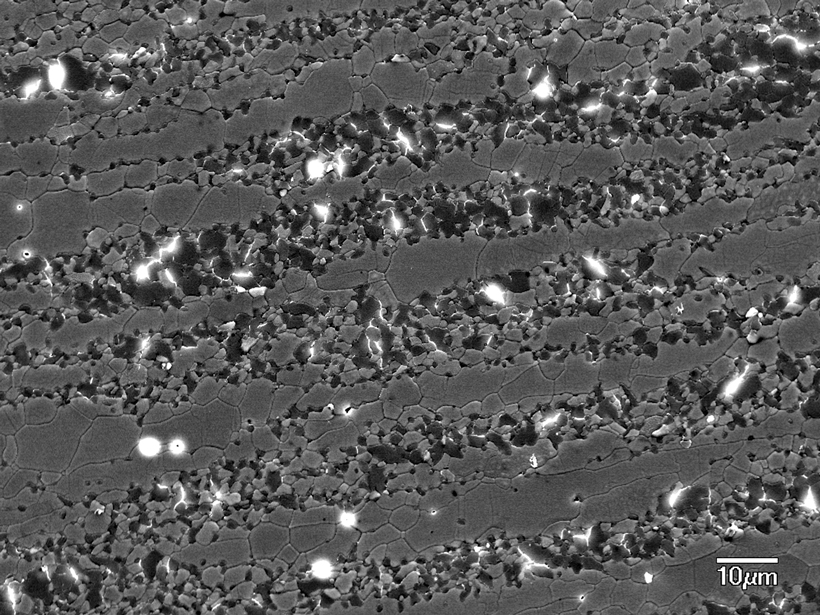Epiphyte-bearing trees leach carbon when it rains.
Research Spotlights
Research spotlights are plain-language summaries of recent articles published in AGU’s suite of 24 journals.
Humans to Blame for Higher Drought Risk in Some Regions
New observations and analysis dispel remaining doubts that anthropogenic climate change is expanding dry areas in northern midlatitudes.
Why Mountainous Upland Forests Emit So Much Methane
New research suggests that moist tree heartwood produces methane and emits the greenhouse gas to the atmosphere.
Urban Sewers Evolve Similarly to River Networks
Like river systems, engineered drainage networks become increasingly fractal as they grow.
Mapping a Valparaíso Earthquake from Foreshock to Aftershock
Using seismic data recorded along the Chilean coast, scientists retrace the development of a recent earthquake.
A Better Way to Predict Space Storms
A new model of solar winds could reduce false alarms.
Nonflood Flow May Be Major Driver of Delta Growth
Plants and fluctuating river flow work together to balance vertical sediment buildup with sediment delivery to the delta’s edge.
Probing the Grain-Scale Processes That Drive Plate Tectonics
New experimental data suggest that rock composition may play a critical role in forming and perpetuating shear zones.
Searching for Organic Carbon in the Dry Valleys of Antarctica
Researchers identify the first evidence of microbial respiration in desiccated Antarctic permafrost soils.
Reducing Errors in Satellite-Derived Arctic Sea Ice Thicknesses
Salty snow throws off satellite-based estimates of Arctic sea ice thickness by up to 25%. A new method seeks to fix that.

